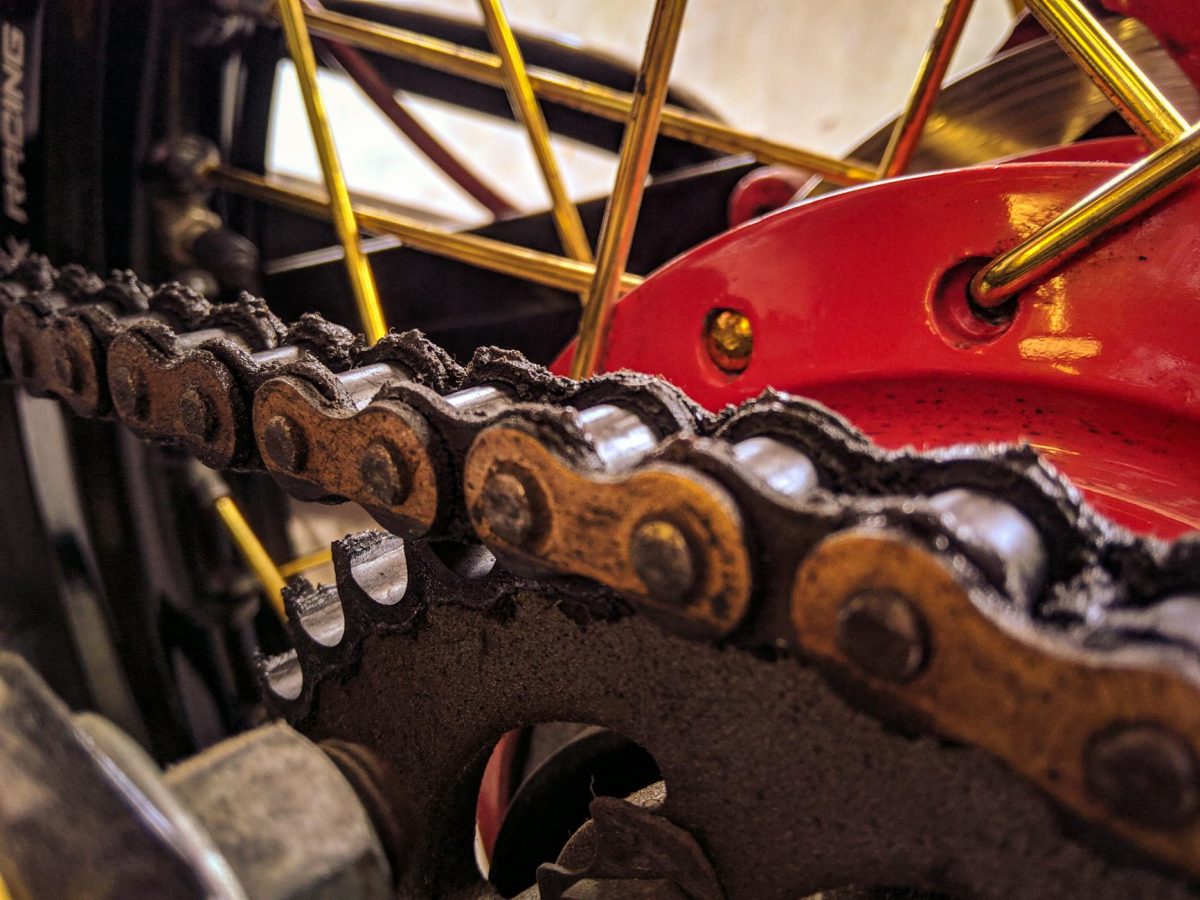Preserving Vintage Bikes: Essential Tips for Classic Ride Maintenance
Preserving and maintaining vintage bikes is a rewarding endeavor that requires dedication, patience, and a genuine love for classic rides. Whether you are a seasoned collector or a passionate enthusiast, taking care of your vintage bike is crucial to ensure its longevity and performance. In this article, we will explore essential tips and techniques for preserving these timeless treasures.
Understanding the Importance of Maintenance
Vintage bikes, with their timeless design and unique charm, require regular maintenance to keep them in peak condition. Neglecting maintenance can lead to rust, mechanical failures, and overall deterioration of the bike’s components. By investing time and effort into proper upkeep, you can extend the life of your vintage ride and enjoy it for years to come.
Cleaning and Polishing
One of the first steps in maintaining a vintage bike is to keep it clean and polished. Use a gentle cleanser and soft cloth to remove dirt, dust, and grime from the frame, wheels, and components. Regular cleaning not only keeps your bike looking shiny and new but also helps prevent rust and corrosion, which can damage the bike over time.
Lubrication and Rust Prevention
Proper lubrication is essential for keeping the moving parts of your vintage bike in top condition. Apply lubricant to the chain, gears, and other components to reduce friction and wear. Additionally, use rust inhibitors to protect metal surfaces from corrosion, especially if you live in a humid or coastal area where rust is more prevalent.
Tire Maintenance
Checking and maintaining the tires of your vintage bike is crucial for both safety and performance. Inspect the tire pressure regularly and make sure they are inflated to the recommended levels. Look for any signs of wear or damage, such as cracks or bulges, and replace the tires if necessary. Proper tire maintenance will improve the handling and stability of your vintage bike.
Periodic Inspections
Schedule regular inspections of your vintage bike to identify any potential issues before they escalate. Check the brakes, gears, and other components for wear and tear, and address any issues promptly. Keeping a maintenance log can help you track the condition of your bike and schedule routine check-ups to ensure its optimal performance.
Professional Servicing
While DIY maintenance is essential for preserving your vintage bike, certain tasks are best left to professionals. Consider taking your bike to a qualified vintage bike mechanic for comprehensive servicing and tune-ups. Experienced professionals have the knowledge and expertise to diagnose and address complex issues that may arise with your classic ride.
Storage and Protection
When not in use, store your vintage bike in a dry, climate-controlled environment to protect it from the elements. Invest in a high-quality bike cover to shield it from dust, sunlight, and moisture. Proper storage not only preserves the aesthetic appeal of your vintage bike but also prevents mechanical damage and deterioration.
Conclusion
Preserving vintage bikes is a labor of love that requires dedication and attention to detail. By following these essential tips for classic ride maintenance, you can ensure that your vintage bike remains in pristine condition and continues to bring you joy for years to come. Remember, caring for your classic ride is not just about maintenance; it’s about preserving a piece of history and embracing the nostalgia of a bygone era.


